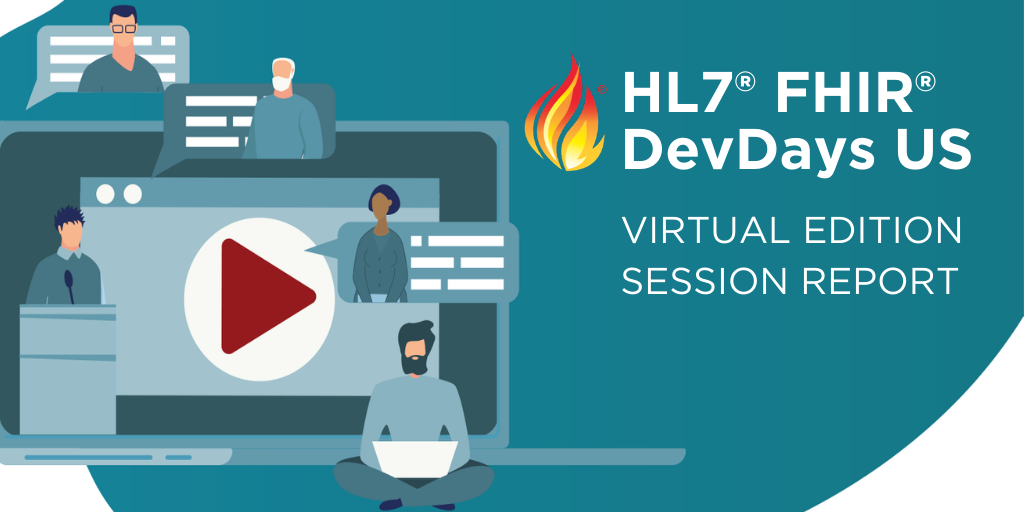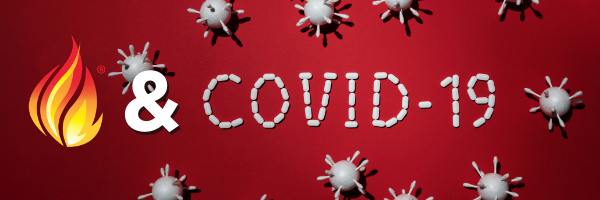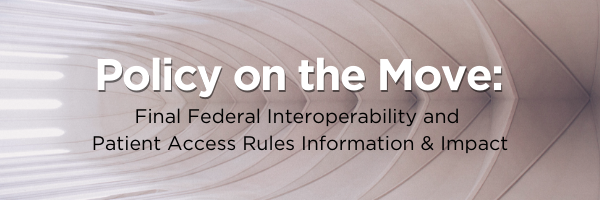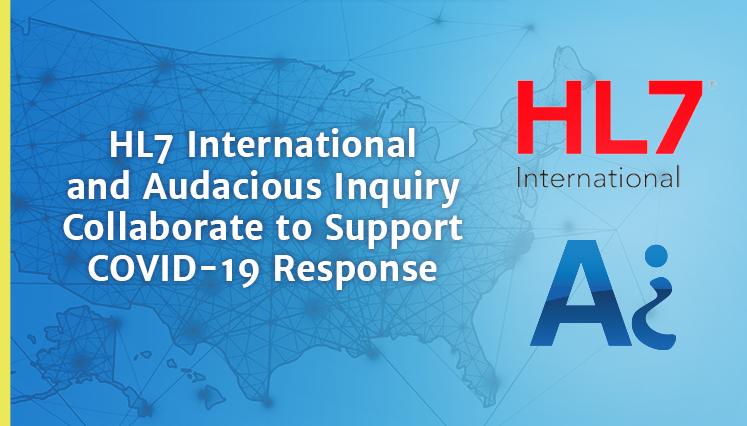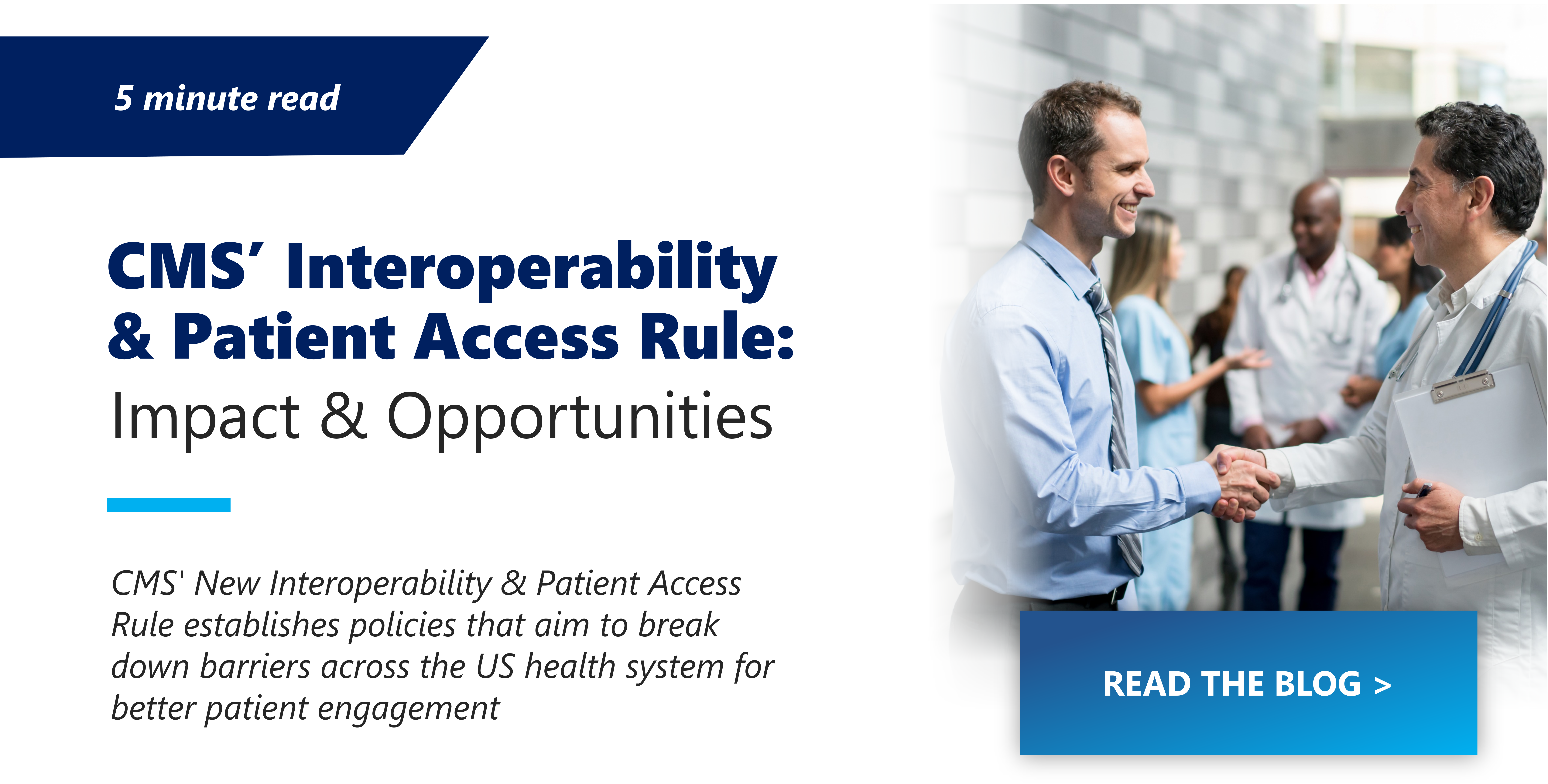Report from Virtual FHIR DevDays 2020
A New York State initiative is aiming to change its approach for exchanging patients’ health information among the state’s health information exchanges, using HL7’s Fast Healthcare Interoperability Resources (FHIR®) standard as the conduit.
In addition, the new approach being implemented for the State Health Information Network for New York (SHIN-NY) has taken less time to develop and is expected to enable the exchange of more granular patient data than is possible with the current approach.
Speaking at the HL7 FHIR DevDays virtual meeting on June 15, Luke Doles, senior director of services management for the New York eHealth Collaborative (NYeC), said further implementation of the FHIR-based framework has been delayed because of the urgency to shift resources to support the state’s COVID-19 response. However, the initiative has thus far proven that the concept can be expanded to provide more information across SHIN-NY.


